Seongsu Wave Commercial Buildings in Characteristic Environments
JYA-rchitects successfully converted a multi-family house into a Seongsu Wave commercial building in Seongsu-dong, Seoul, South Korea. The change in function of this building is a significant challenge for JYA-rchitects seeking to present a commercial space in the middle of a densely populated area with surrounding buildings close to each other without damaging the sense of family comfort and excitement and not taking away from the classic look of the area.
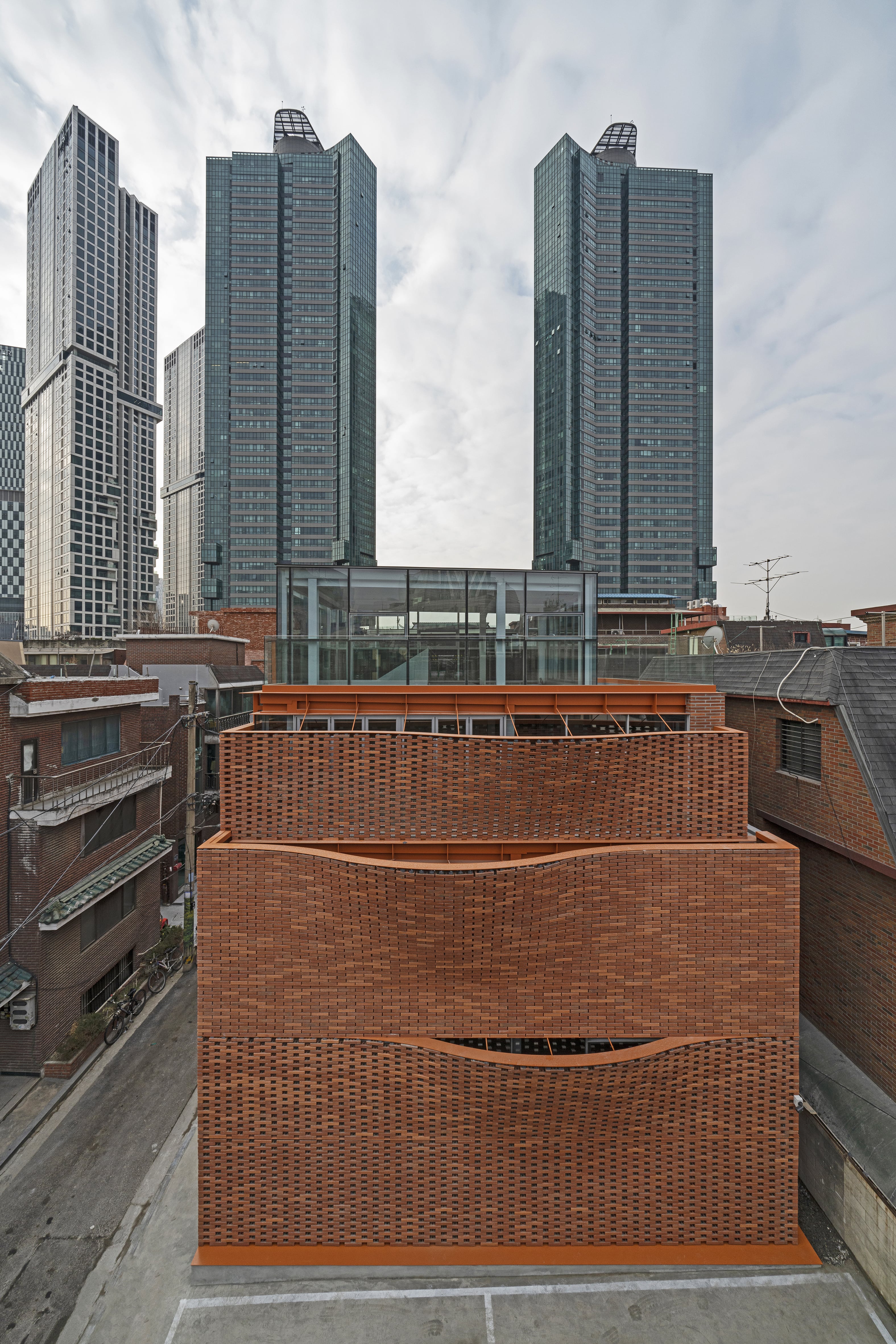
A series of brick walls curved into the façade of the north side of the building.
With these challenges, commercial buildings are expected to be open and can be enjoyed widely, but this can cause discontent among local residents and the environment. JYA-rchitects tries to combine these two things without highlighting or subtracting from their function and role. Material selection also plays an essential role in this design because bricks must be present in building design.
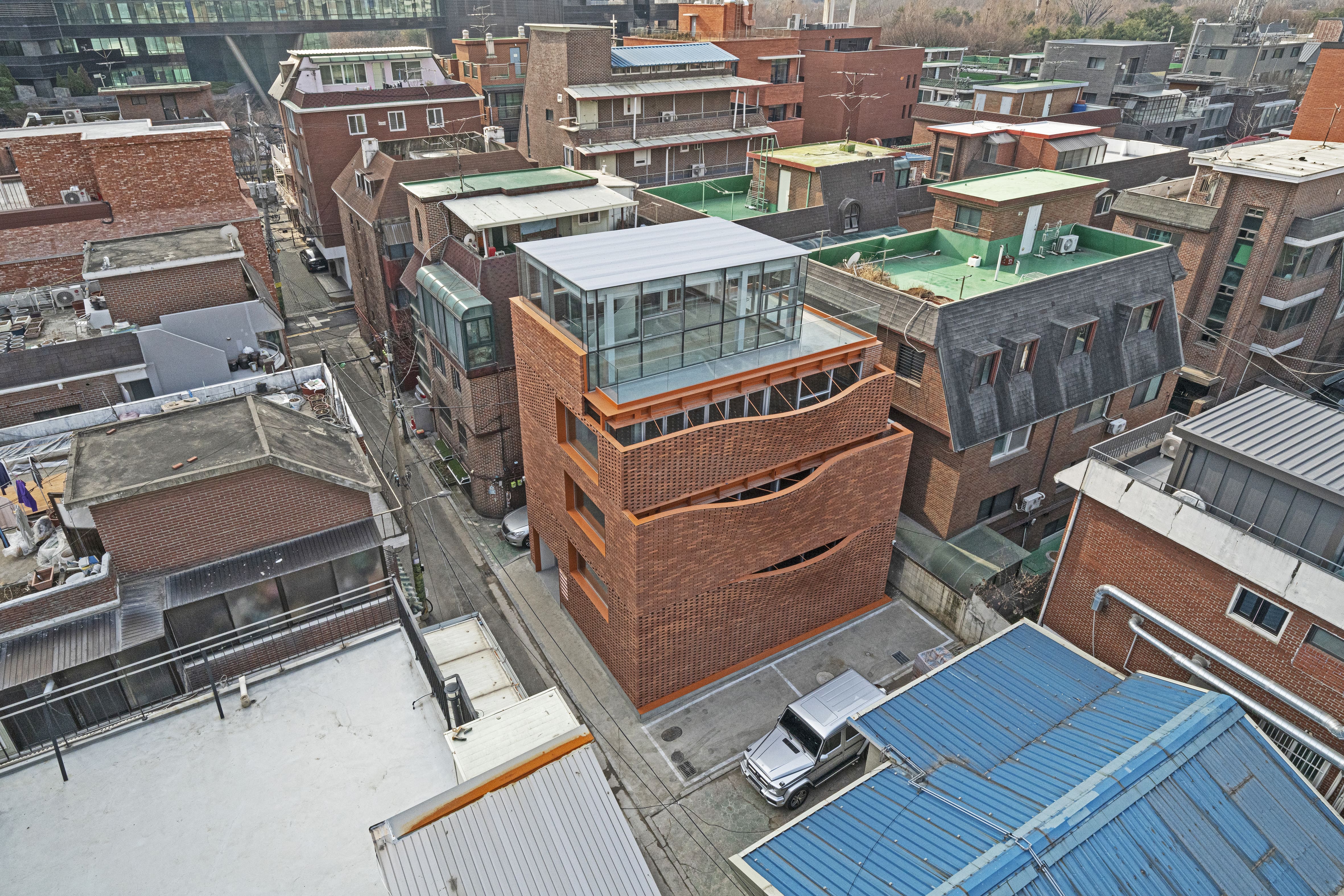 Seongsu Wave stands in an environment with a well-maintained regional identity.
Seongsu Wave stands in an environment with a well-maintained regional identity.
Using glass material on the main façade by adding double skin solves the problem of openness in commercial spaces and can maintain privacy. Furthermore, with attractive and wavy double skins, it is a solution to dare to look different.
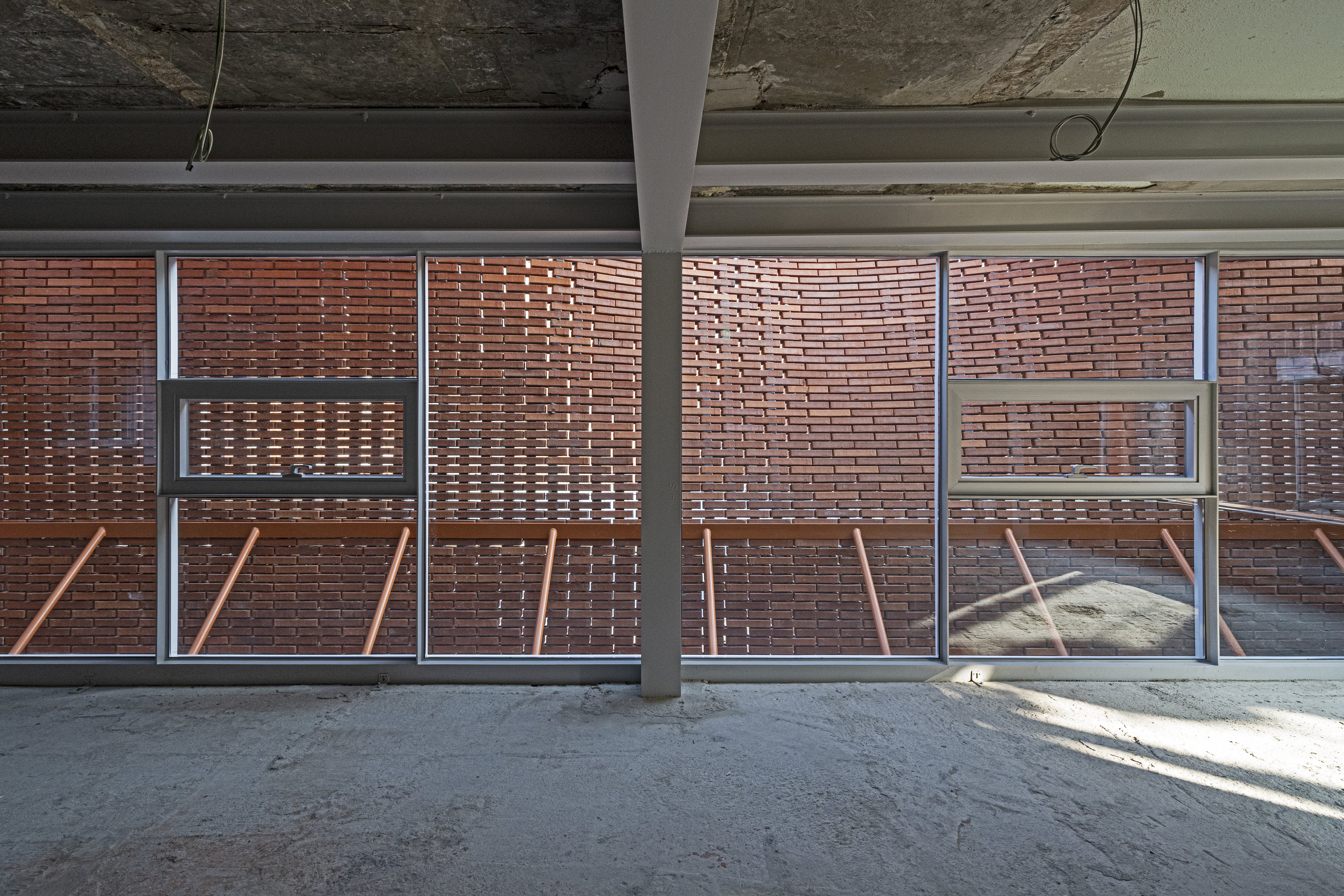 The main room in this building gets a direct interaction with the curved surface.
The main room in this building gets a direct interaction with the curved surface.
The selection of red brick material on the façade because it is the material that distinguishes Seongsu-dong today, and its use is enforced by law. Nevertheless, building a curved façade with brick material presents many obstacles and limitations. In this case, structurally challenging because the load of the bricks must be suspended in the air through a separate structure that can be directly channeled to the foundation. Therefore, the curved shape is made using a dry construction process using bricks, and the spherical bars are adjusted to the corners using 3D simulation for curvature before construction begins.
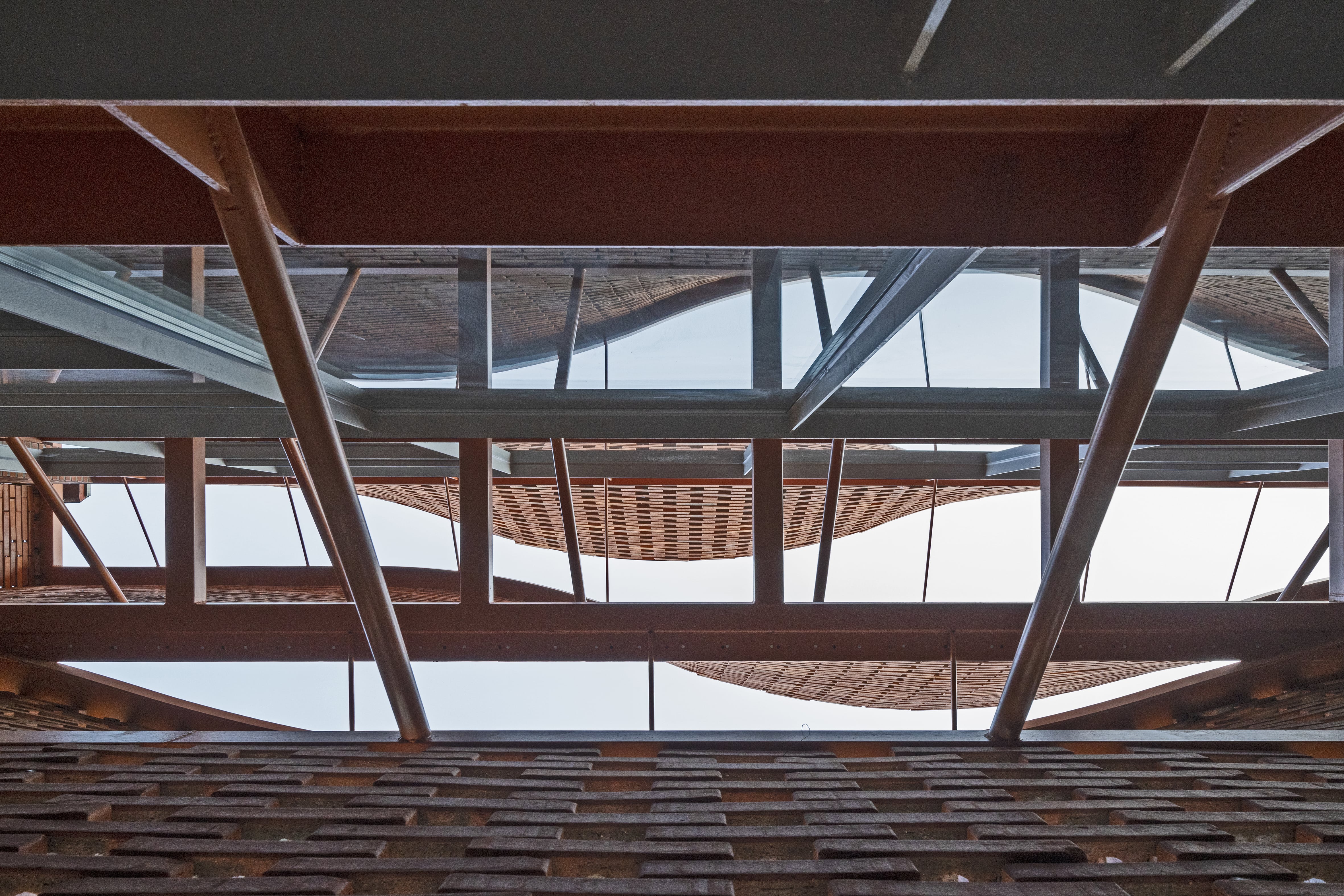 Dry construction method with bricks and round steel bars that form the curved surface.
Dry construction method with bricks and round steel bars that form the curved surface.
As a commercial building, the stairs were moved, and the main room was modified to connect with the double skin arch. This modification produces a sense of openness, but activity inside that is not visible from the outside. The curved shape meets two different functional needs: hiding the neighbor's view while allowing openness to the sky. The shape of this façade is a striking difference from the overall appearance of the building while still meeting its practical requirements.
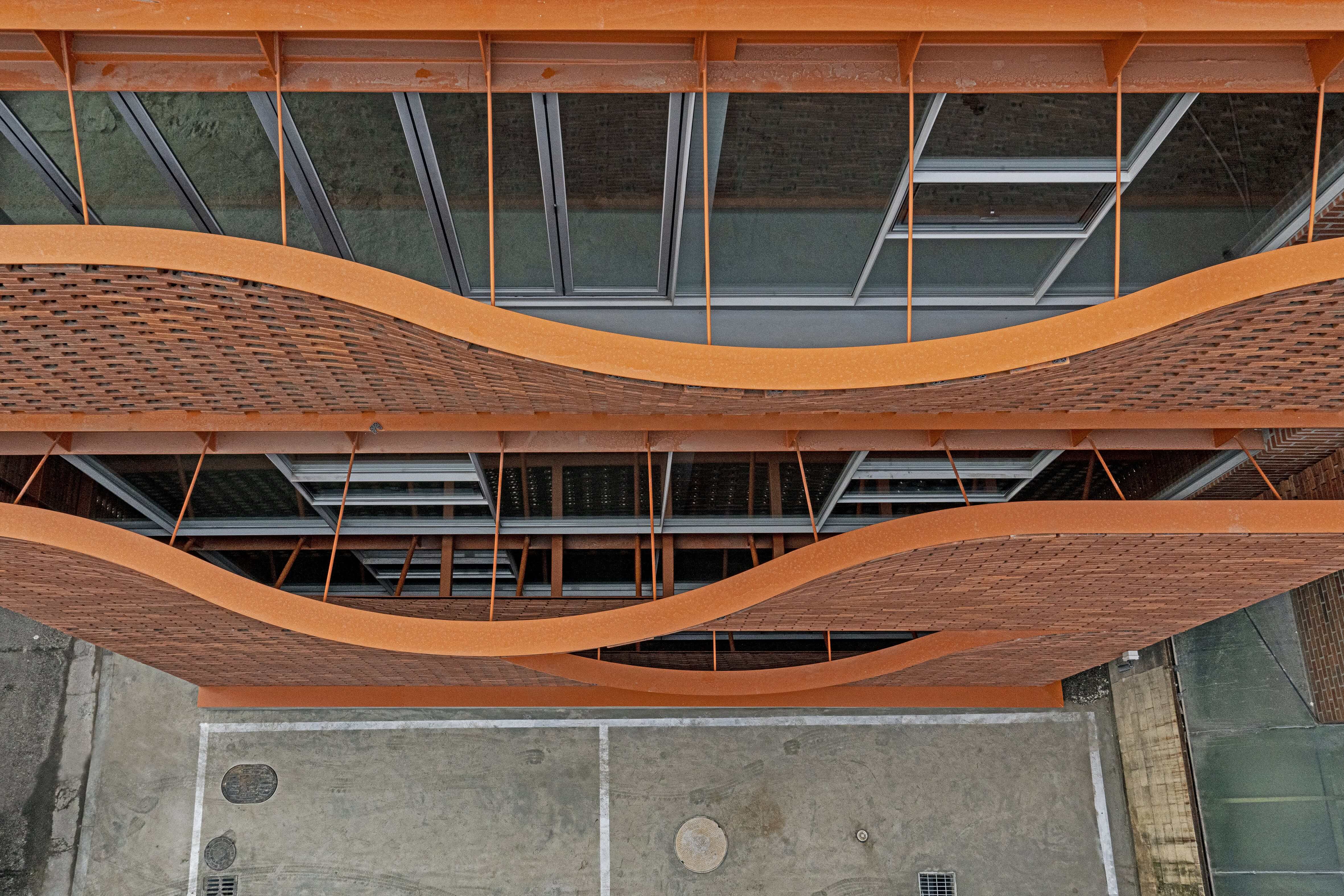 The curved brick surface allows the interior space to get a direct view of the sky.
The curved brick surface allows the interior space to get a direct view of the sky.
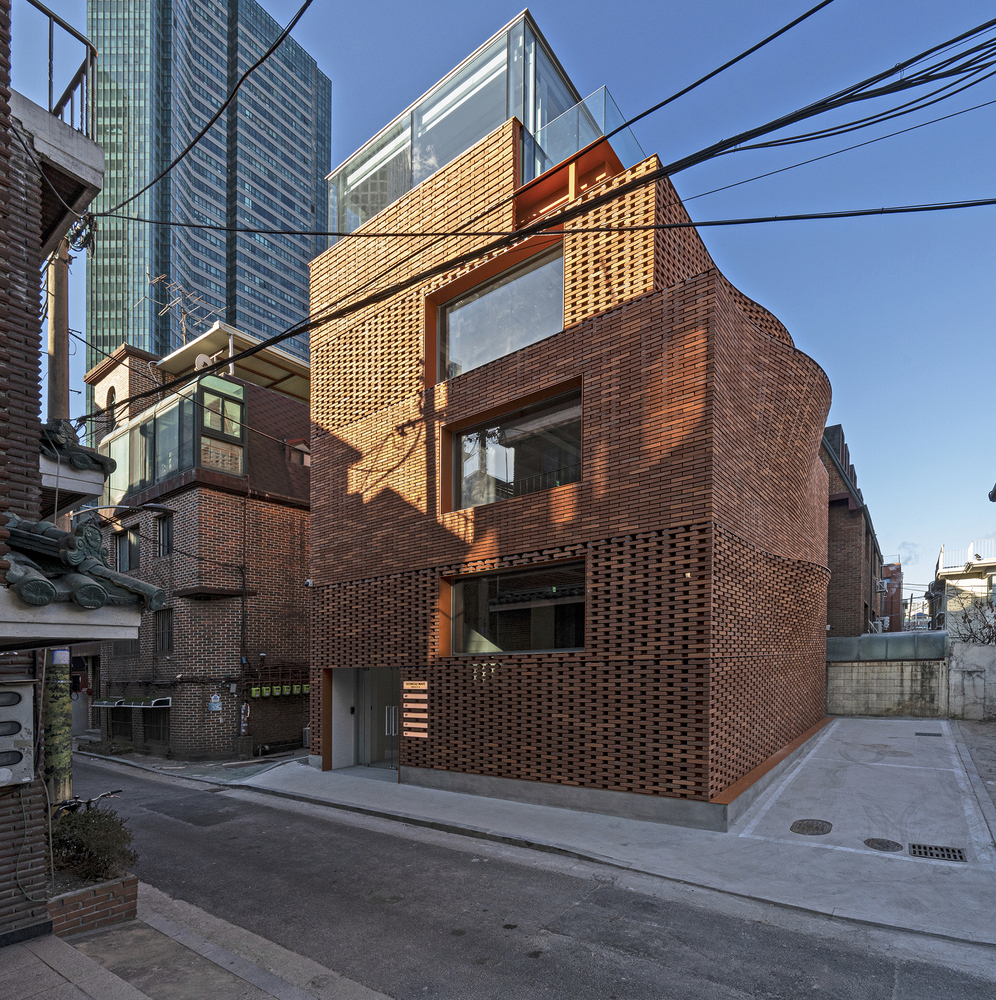
The face of the building on the east side shows more openness to the environment.

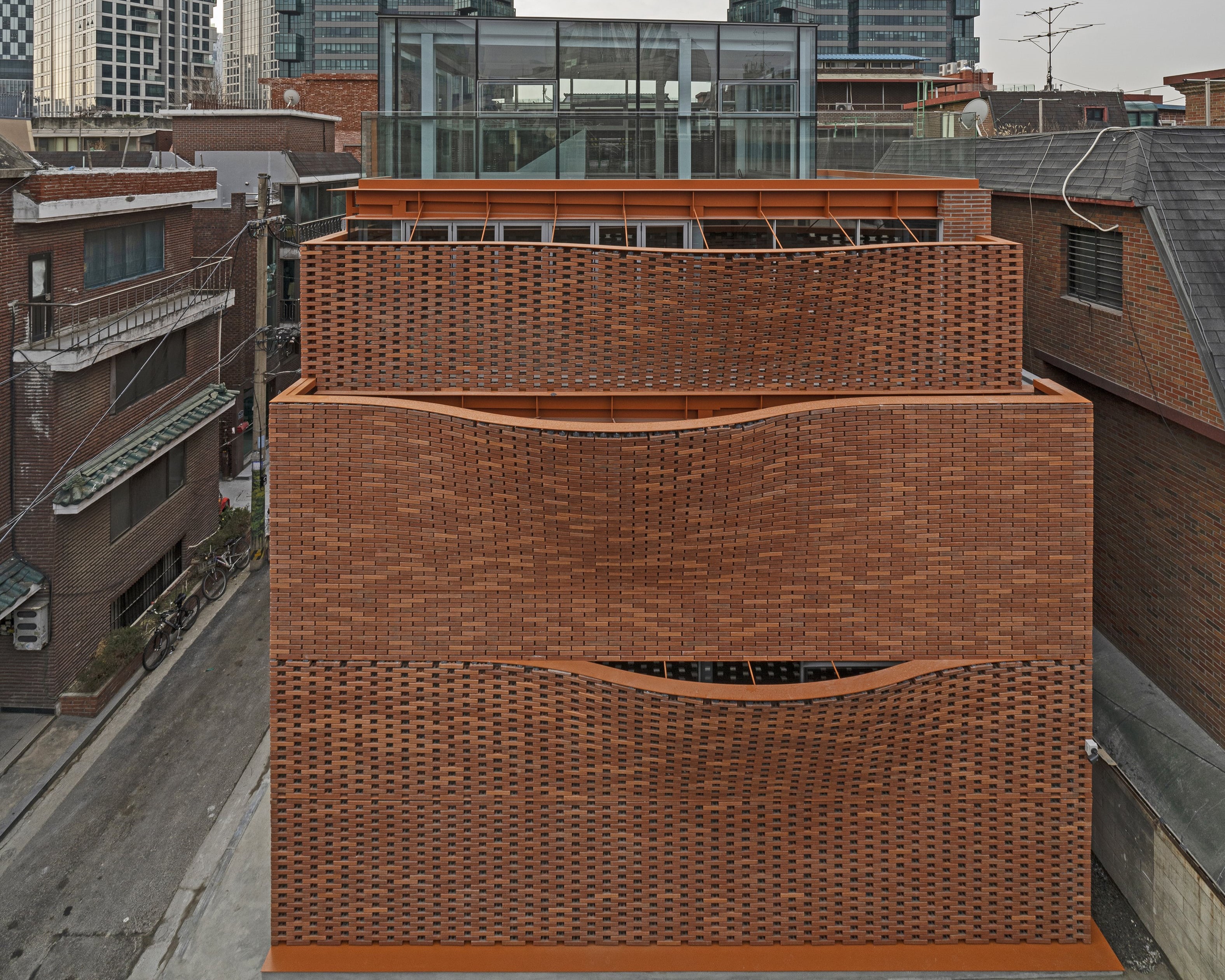


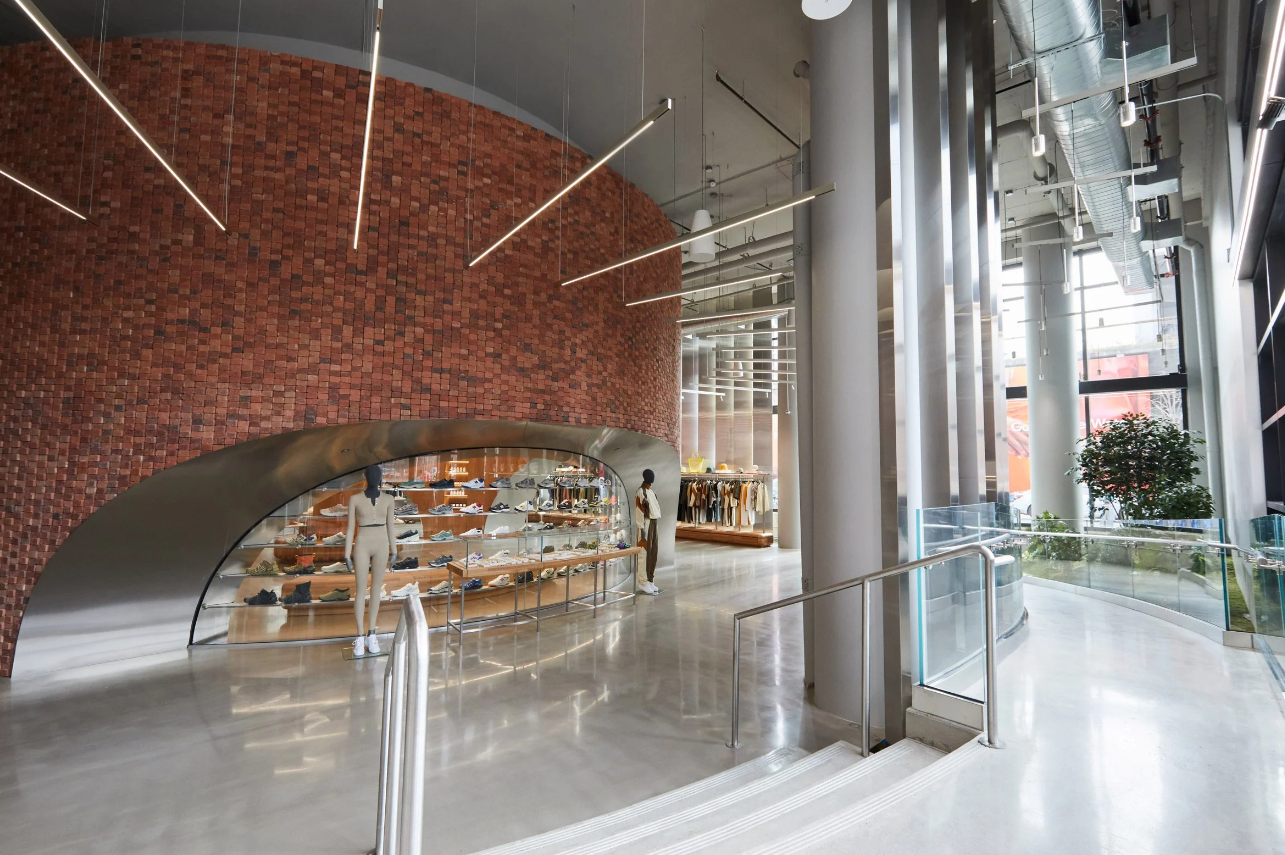

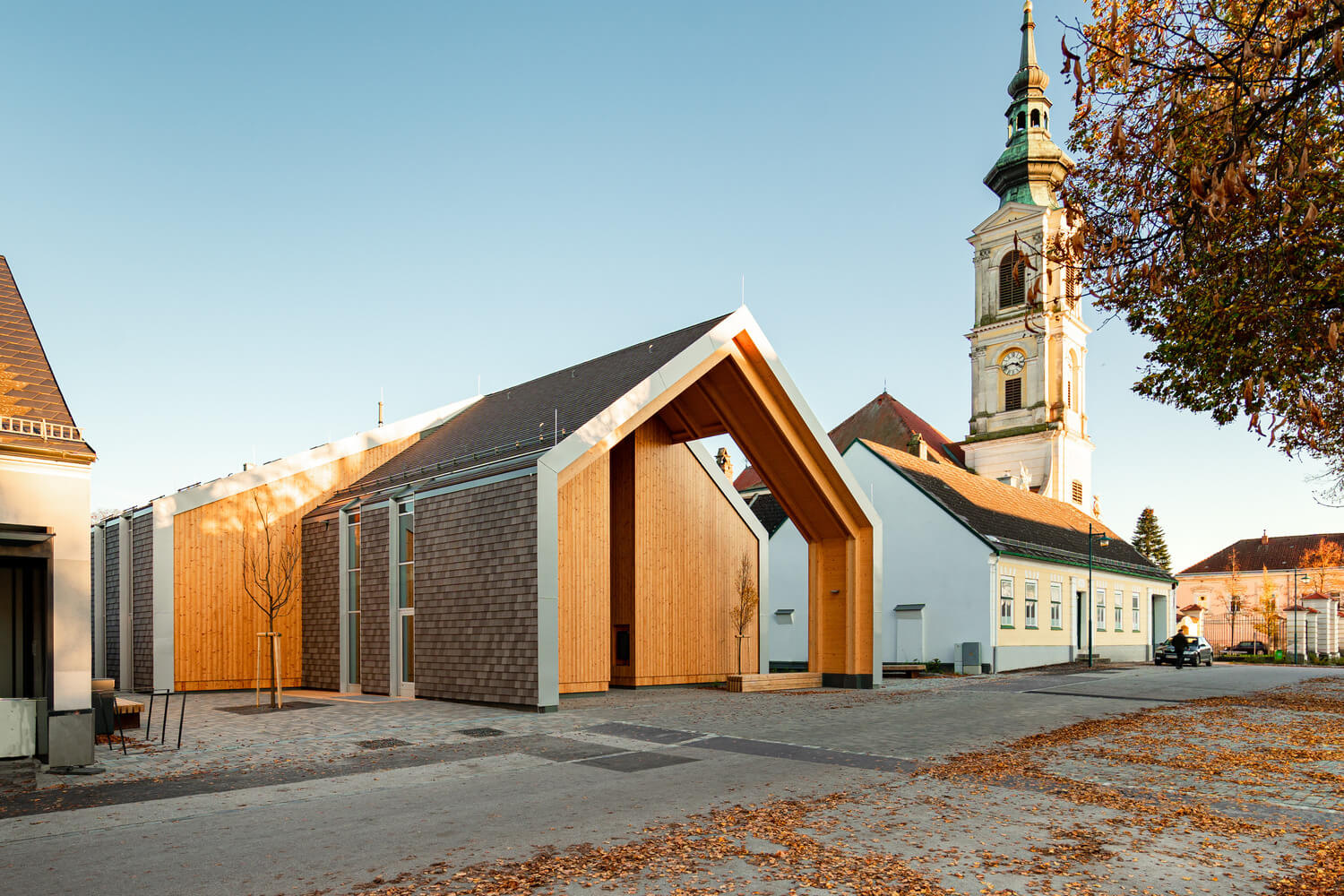
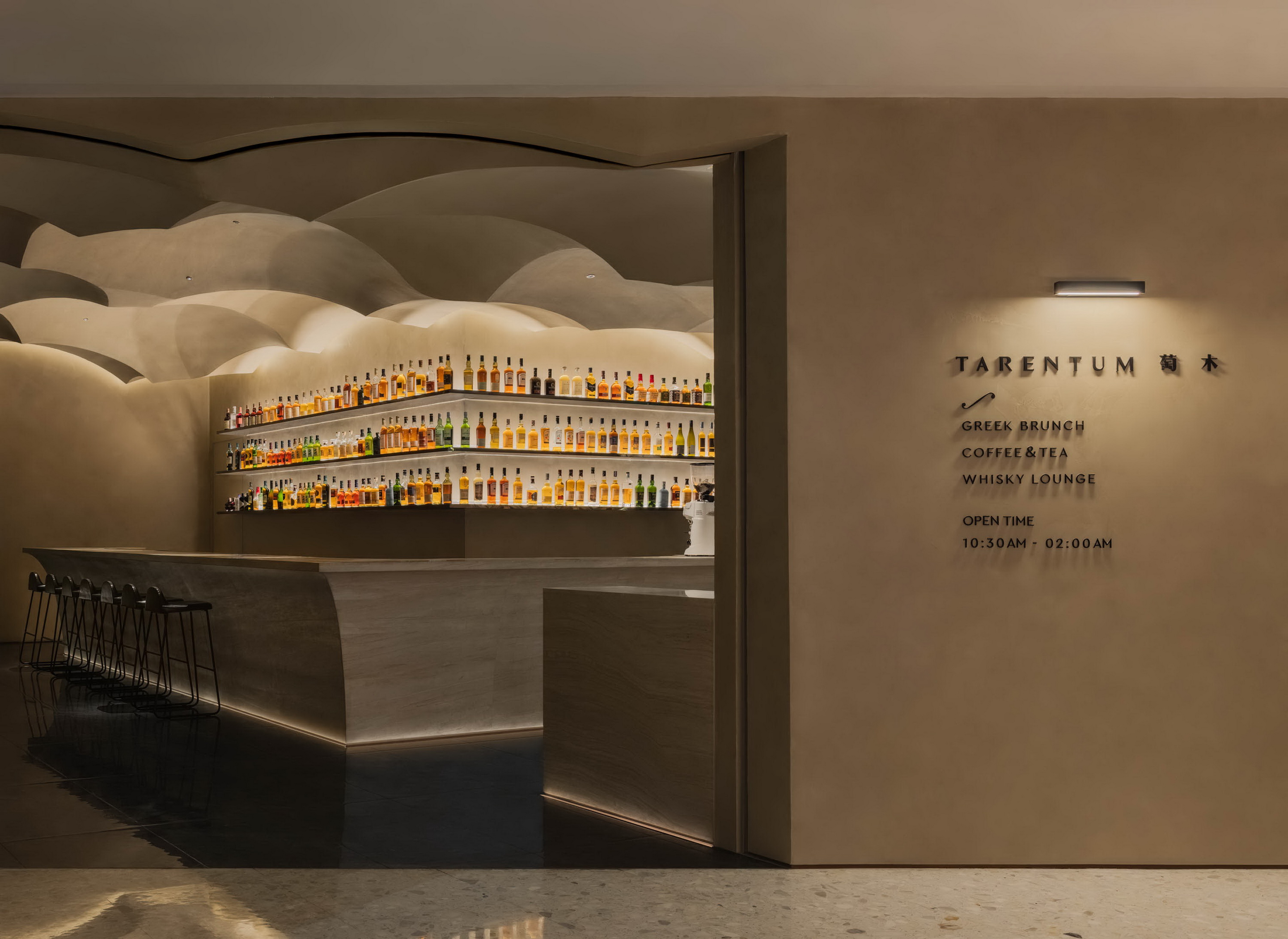
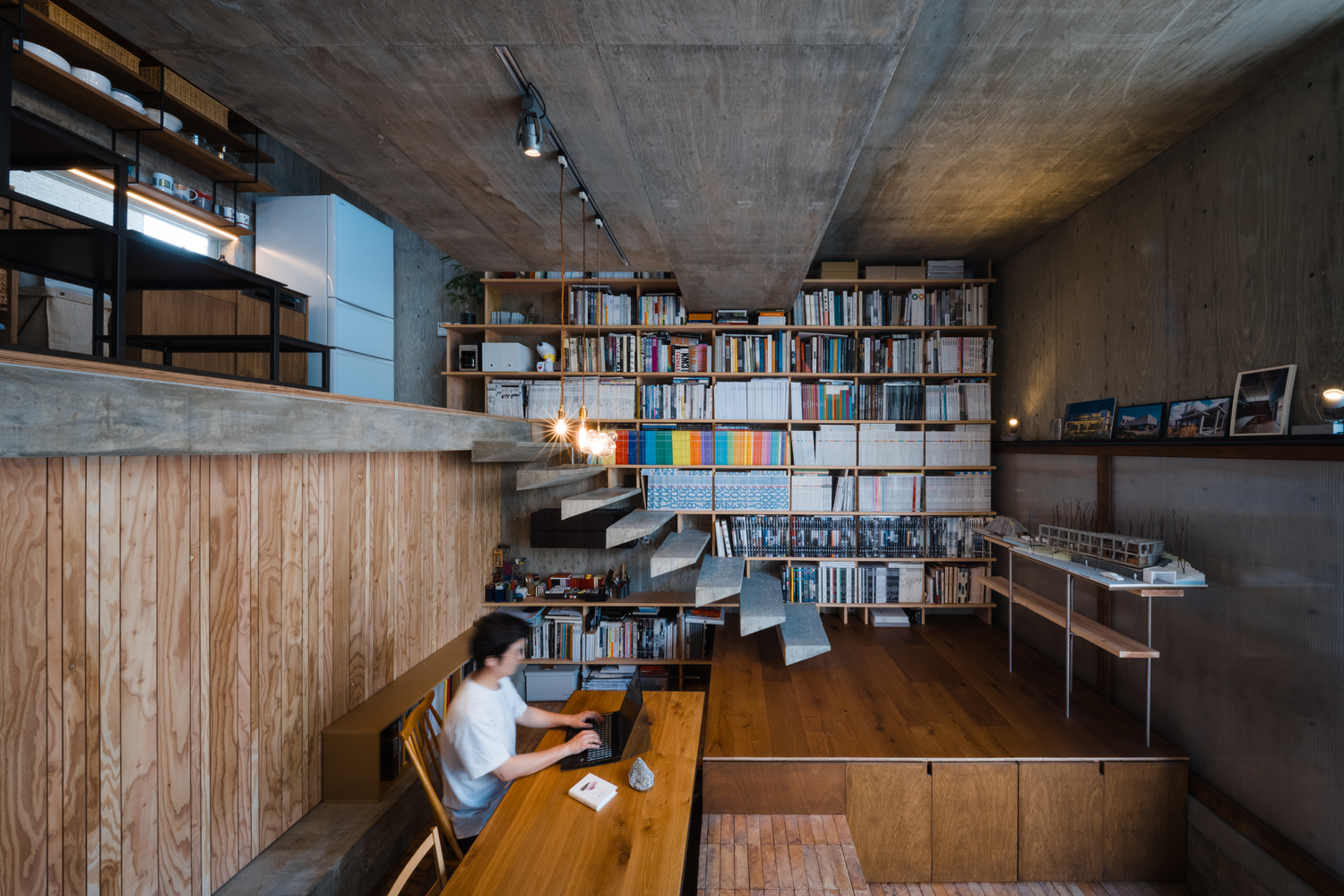
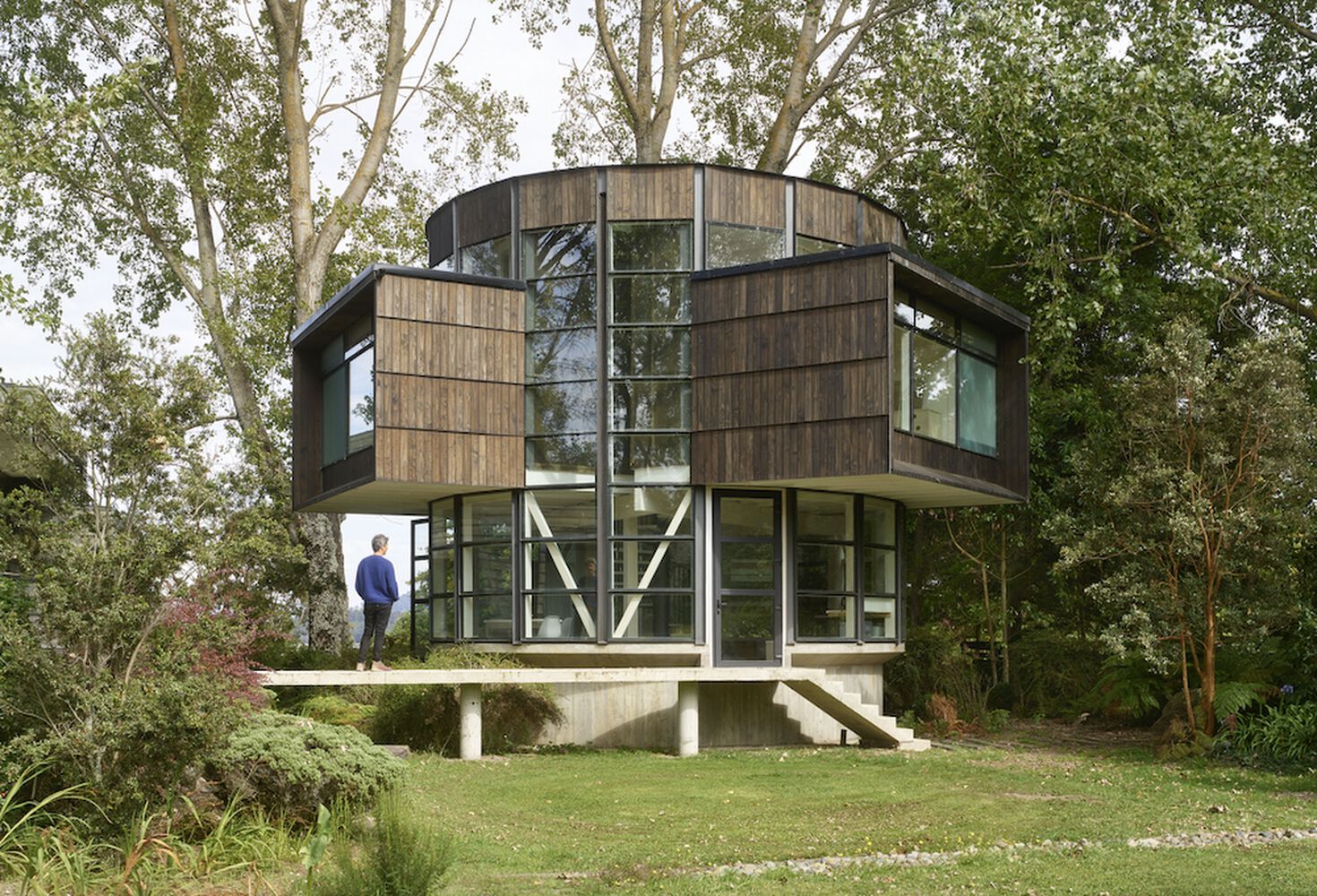
Authentication required
You must log in to post a comment.
Log in